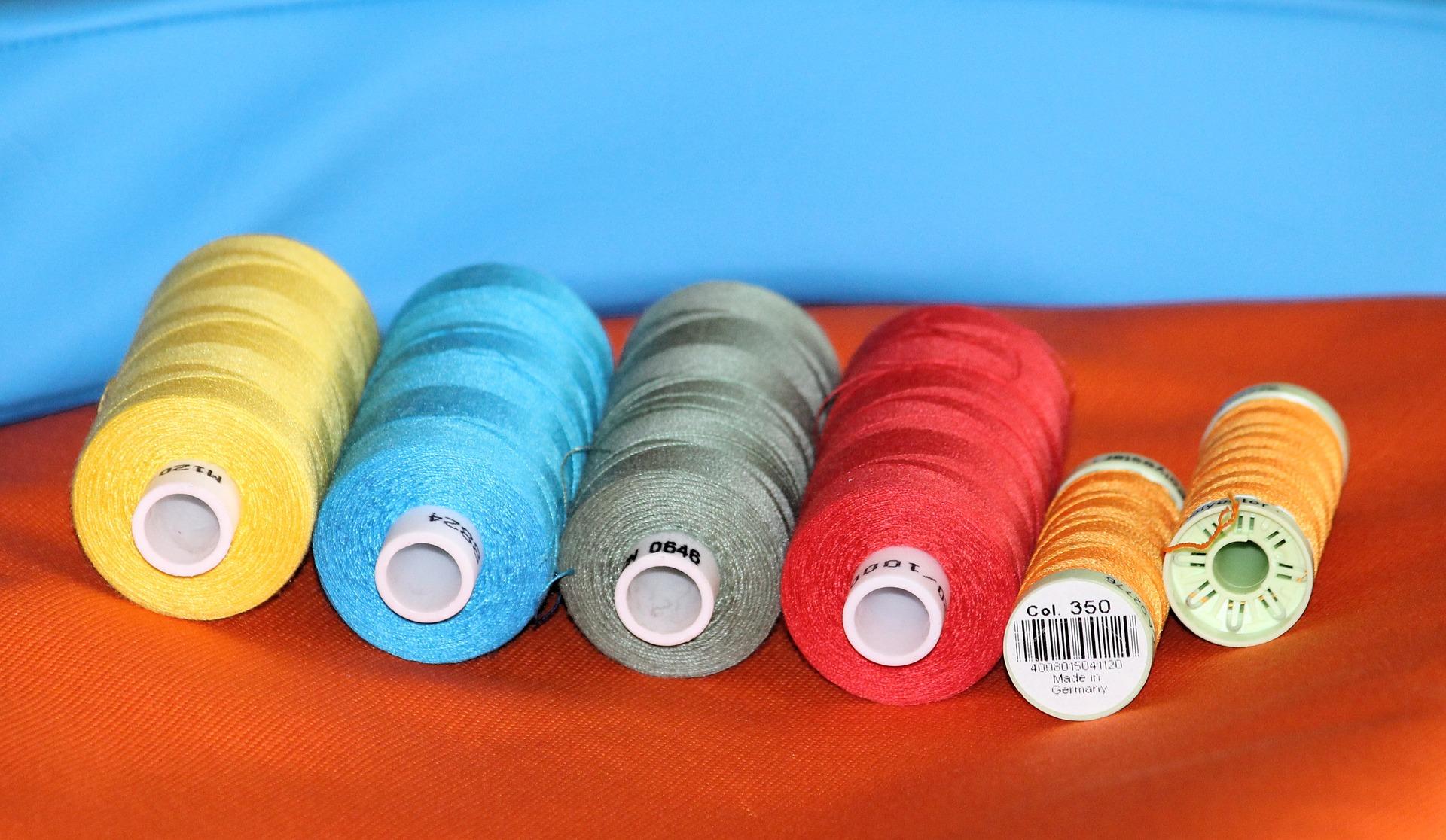“Trendy is the last stage before tacky.” - Karl Lagerfeld
South Africans have a deep appreciation for arts, crafts, and hobbies and in recent years, people of all ages have come to love knitting, embroidery, cross-stitch, and sewing. Sewing in particular has become popular and with more and more people hoping to learn easy sewing projects.
If you are keen to make your own clothes or want to know how to upcycle and alter old garments, then keep reading. In this article, we will look at how to make a flat felled seam and explain why felled seams are such an important basic sewing technique.
Get your sewing machine ready and let us get started.

What is a Flat Felled Seam?
When you stitch and sew, there are many different types of seams to choose from. From zig-zagging and French seams to felled seams.
While felled seams are not necessarily the quickest, for anyone learning how to stitch and sew, they are a good technique for all beginners to master. In fact, open and closed seams are commonly taught in sewing tutorials and workshops.
Felled seams also referred to as the flat felled seam, are created by stitching two parallel lines. This technique ensures a strong and durable seam, whether it is executed using a sewing machine or done by hand. A sewing machine usually yields a neater result and hand-sewing can be a time-consuming process as it requires stitching twice.
Why Use a Felled Seam?
When you're learning to sew, it can sometimes be puzzling to determine the most suitable seam or stitch for your project. So, why should you consider using a flat felled seam in certain cases?
As you learn how to sew, you’ll acquire various techniques, the trick is to know which one to use at which part of your project. For instance, different types of seams are used for trousers compared to underwear.
The choice of stitch and seam depends on factors like the fabric's weight and characteristics, as well as the specific item you plan to stitch and sew. A flat-felled seam is a robust and reliable choice and well suited to garments like trousers, particularly along the inside seam. The strength of this seam is in the double stitching which makes it secure. In fact, flat-felled seams are frequently used in the construction of men's shirts, because of their durability and longevity.
You could also learn how to do it.

How to Do a Flat Felled Seam
Although the flat felled seam may appear intricate, it is often one of the easiest techniques taught in sewing lessons for beginners. By taking a step-by-step approach and avoiding haste, you could master this seam with ease. Let's explore the process of creating a successful flat felled seam.
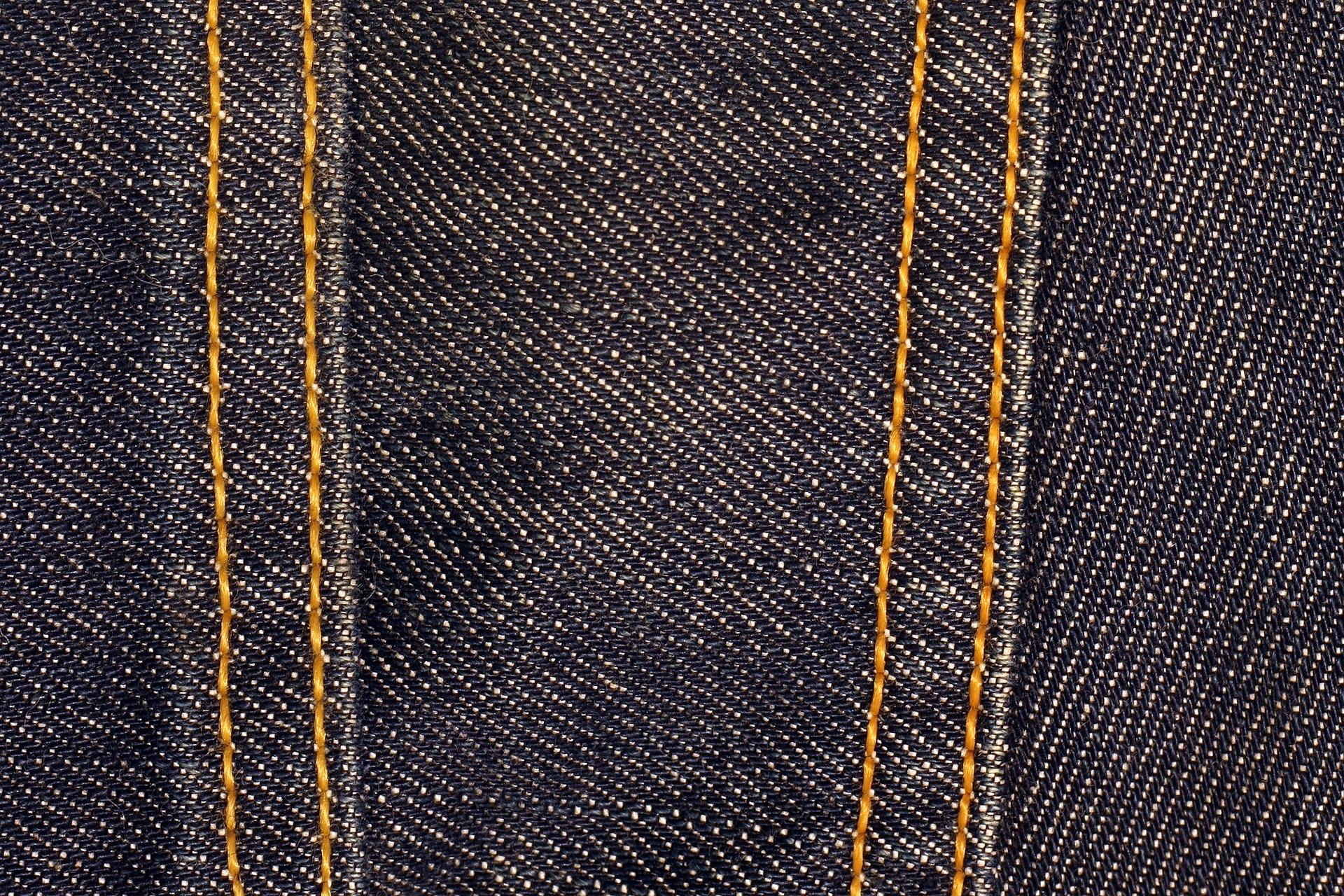
To begin, select two pieces of fabric for your project and align them with their right sides together. The right side refers to the visible side of the fabric once the piece is completed. It's important to ensure that the two fabric pieces are slightly offset. The top piece should be positioned around 6 or 7mm away from the edge of the bottom piece.
Secure the fabric pieces in place using pins, ensuring they are perpendicular to the direction of the seam. This positioning allows the sewing machine to glide smoothly over the pins.
Next, guide the fabric through the sewing machine, sewing the seam approximately 1.5cm from the edge of the fabric that protrudes over the edge.
After completing the initial sewing, separate the two fabric pieces, placing the right side down on the table. Fold the larger inlay (the fabric portion from the seam) over the smaller one. Now, proceed to sew a straight stitch onto the wrong side, with the folded fabric on top. Make sure that the second stitch runs parallel to the first one.
Once done, flip everything over and check that your seams are parallel as this will give them a really neat look. Now, you're prepared to embark on easy sewing projects such as skirts, trousers, jackets, or even curtains!
In addition, be sure to learn how to do a zig-zag stitch, as it serves a different purpose and can be useful in various sewing applications.
Do you know how to do overlock stitches?
Teach Yourself: Felled Seams for Easy Sewing Projects
As previously mentioned, mastering the flat felled seam technique may present some challenges, but it is certainly teachable to beginners. The key lies in consistent practice. Don’t wait until the completion of a project to learn this technique. Even if you have researched and studied the process, it is important to practice it several times until you know you can achieve a clean and polished seam. Practice will give you both confidence and proficiency in creating impeccable flat felled seams.
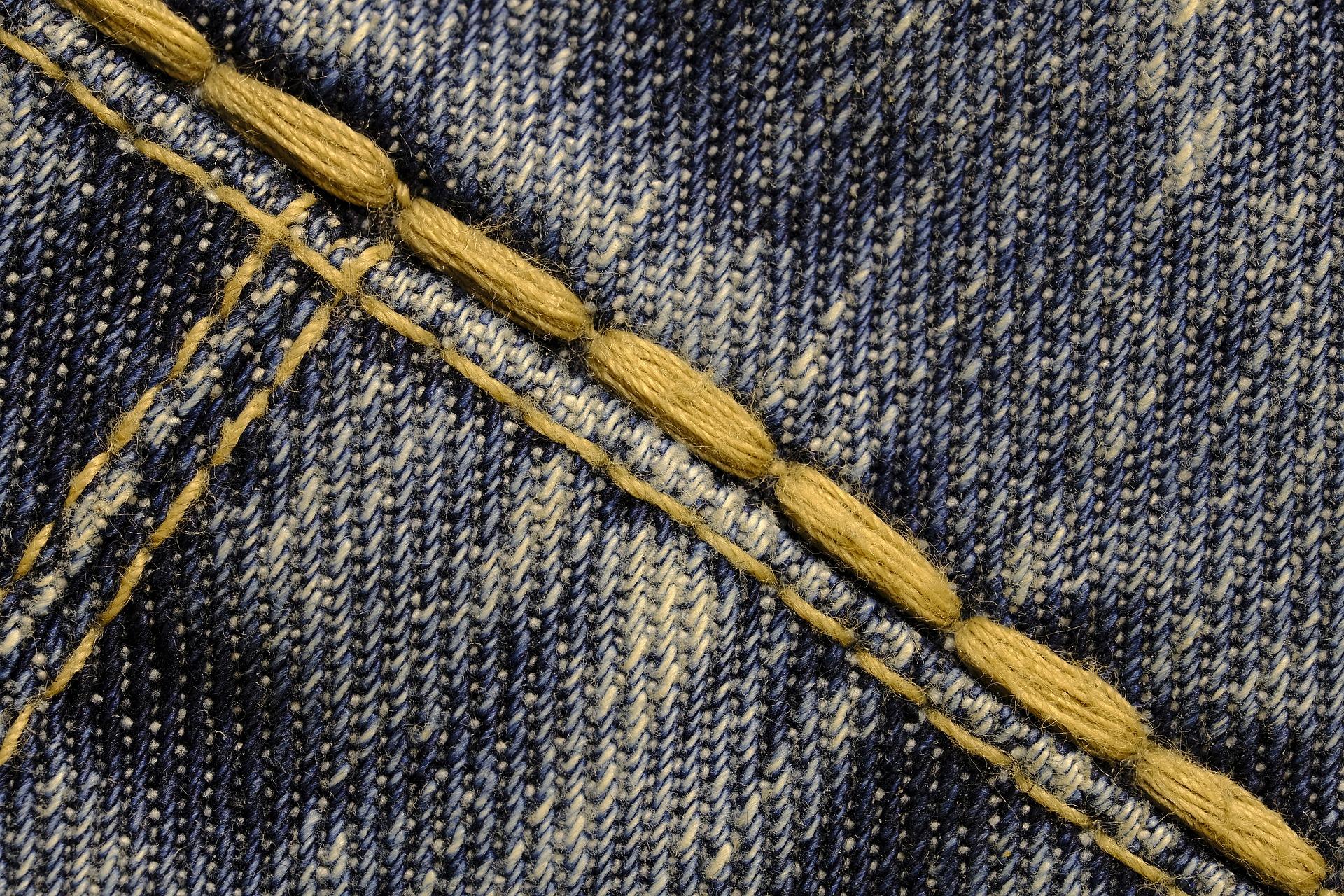
To hone your skills, it is advisable to practice the flat-felled seam technique using fabric offcuts or scraps. If practising using the hand stitch and sew technique, it may require additional effort to ensure a neat appearance. If you are teaching yourself, there is a wealth of online sewing tutorials that will provide you with valuable guidance. These resources, along with our explanations, will give you a clear vision of how your seam should look. In addition, sewing books with step-by-step tutorials are also valuable resources.
To maintain motivation, challenge yourself with projects like making a pillowcase or sewing a pair of trousers. Having a specific objective in mind will make it easier to grasp the applications of this sewing technique. From tailoring to creating purses, garments, and accessories, the possibilities are vast when it comes to sewing. Embrace the opportunities and let your creativity flourish!
Take a Stitch and Sew Workshop
A fantastic way to acquire sewing skills, whether by hand or with a sewing machine, is to enrol in a sewing workshop offered at a haberdashery or any establishment that provides sewing classes. Workshops like these are usually run throughout the year and provide a good opportunity to improve your sewing ability.
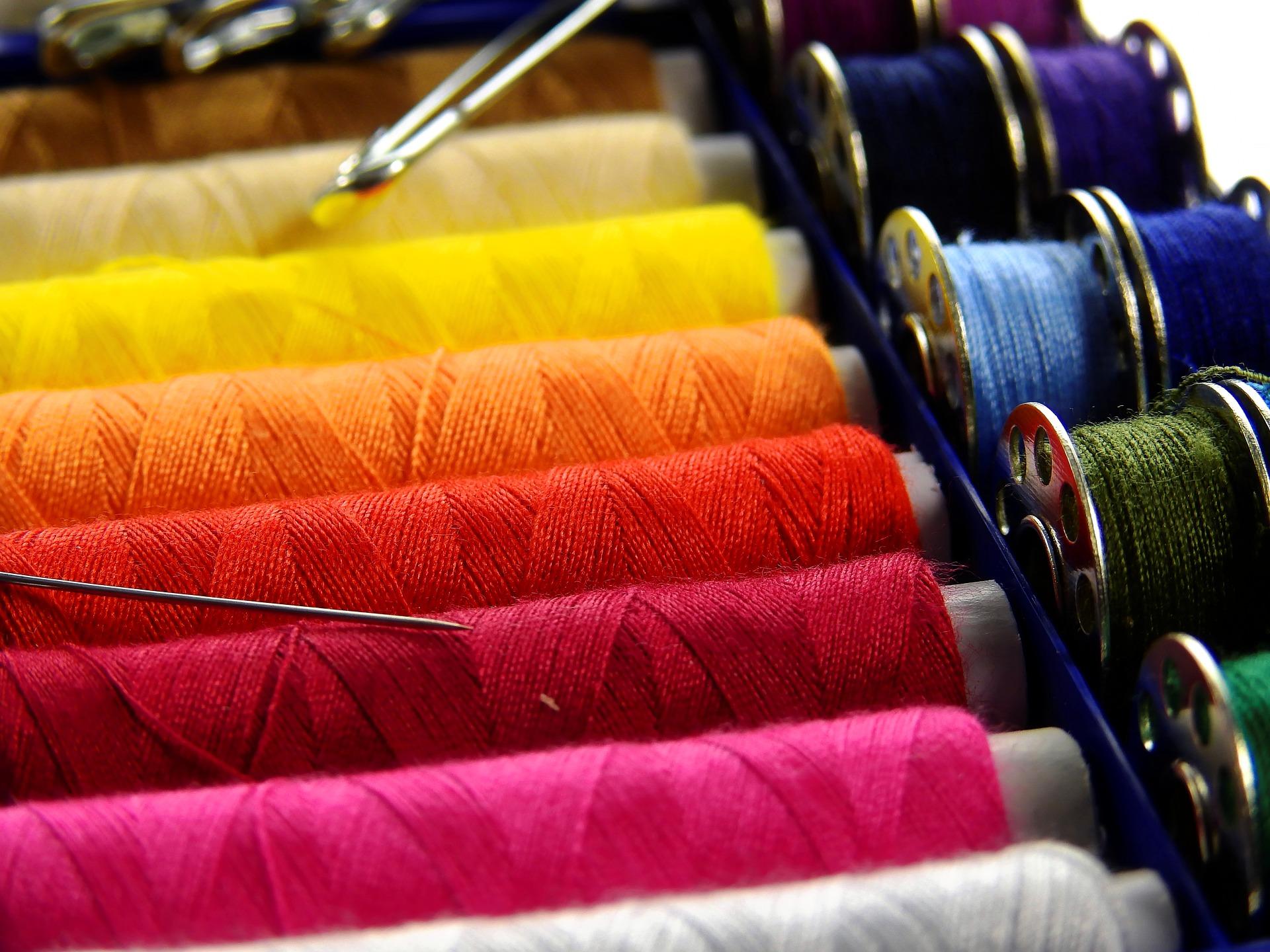
Not only will you learn about seams, but you will gain insights into how to use interfacing, master zipper attachments, and much more. Simply sign up for a workshop that covers the specific technique you wish to learn, and you're all set!
Attending a workshop led by a professional instructor ensures that you will receive guidance on the intricacies of these techniques.
If you don't have sewing equipment at hand, many workshops provide the necessary resources either by loaning them to you or offering them for purchase. For instance, you might require iron for folding edges before executing the second seam. While iron is not necessarily essential, it can greatly aid in achieving precise folds.
So, don't hesitate to explore sewing workshops as they provide a supportive environment, expert guidance, and the necessary tools to enhance your sewing journey.
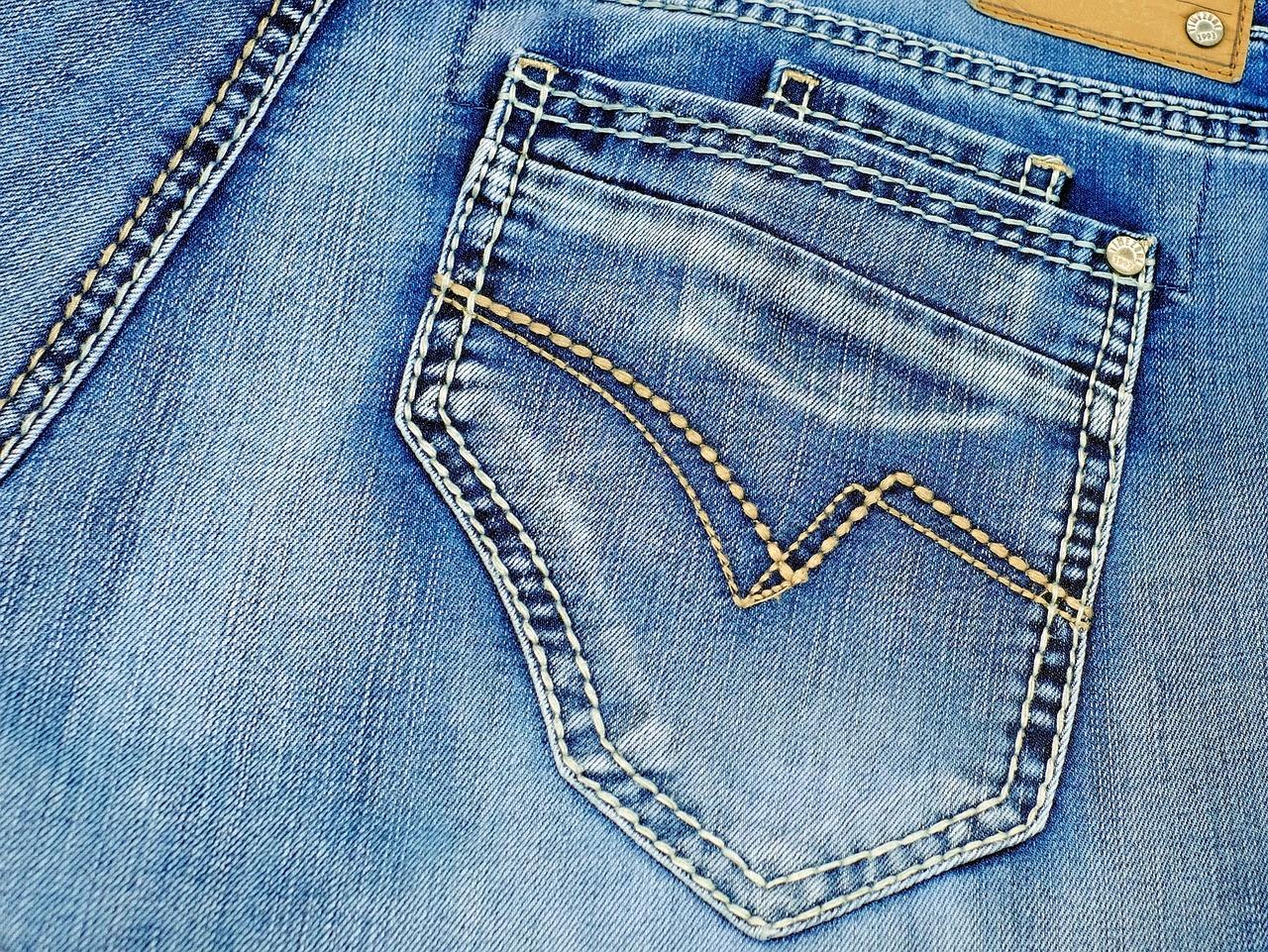
The Benefits of Private Tutorials
Not everyone has a flexible schedule or likes to learn in groups. In cases like this, reaching out to a private sewing tutor can be an excellent way to learn the basics of sewing.
Private tutorials offer personalised instruction, making them ideal for creating special gifts or showing you how to master particular aspects of advanced or easy sewing projects. Classes are tailored to be led by you, the learner.
When working with a private tutor, you can learn various techniques such as making hems, using a serger, using the zigzag stitch, creating French seams, or knowing how to work with patterns.
Superprof is the ideal platform to find numerous sewing tutors who offer all kinds of tutorials whether those are in-person, online or in groups.
In-person, or face-to-face tutorials involve one-on-one instruction with a private tutor. While this option may come at a higher cost due to the personalised attention, it also ensures that you receive 100% of the tutor’s focus and attention.
Online tutorials operate in a similar way except the tutor usually instructs remotely via webcam using a platform like Zoom, Meetings, or Google Meet. Online tutorials can be more cost-effective because the tutor does not need to travel. When deciding which type of tutorial to choose, bear in mind that online teaching is best applied to theoretical subjects and not usually to hands-on skill learning like sewing.
Group tutorials are the most economical option per student, as the cost is divided among all participants. Even though you may receive less one-on-one time with the tutor, this format works well if you and a group of friends are interested in learning to sew together. Group learning for sewing can be very beneficial as you can learn from and be inspired by your peers too.
So, are you ready to embark on your sewing journey? Soon enough, you'll be creating your arts, crafts, and clothing with confidence!

